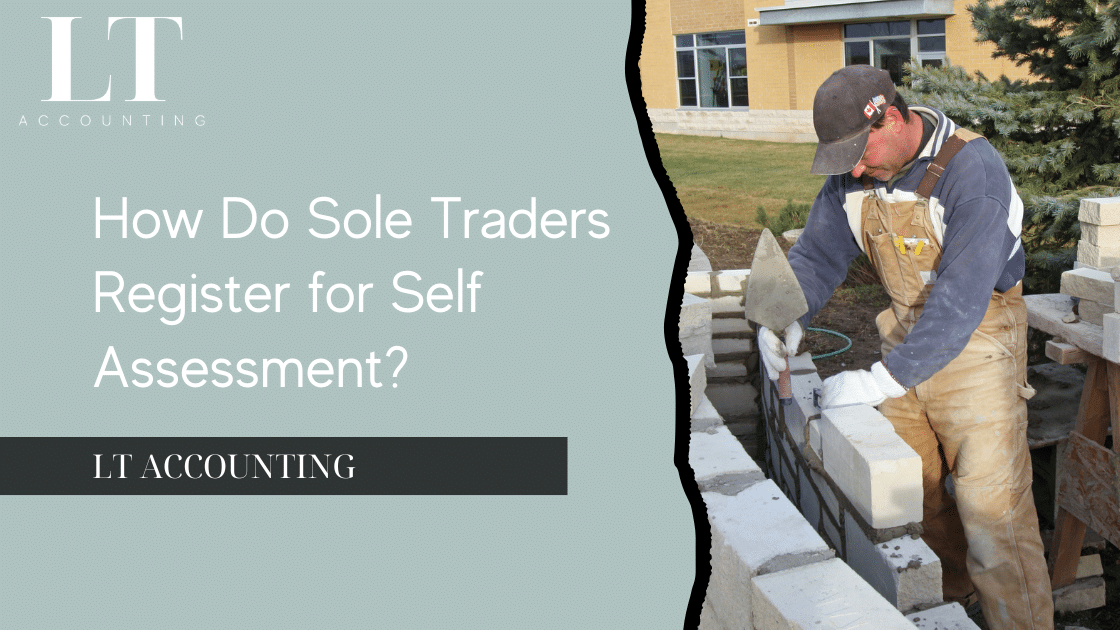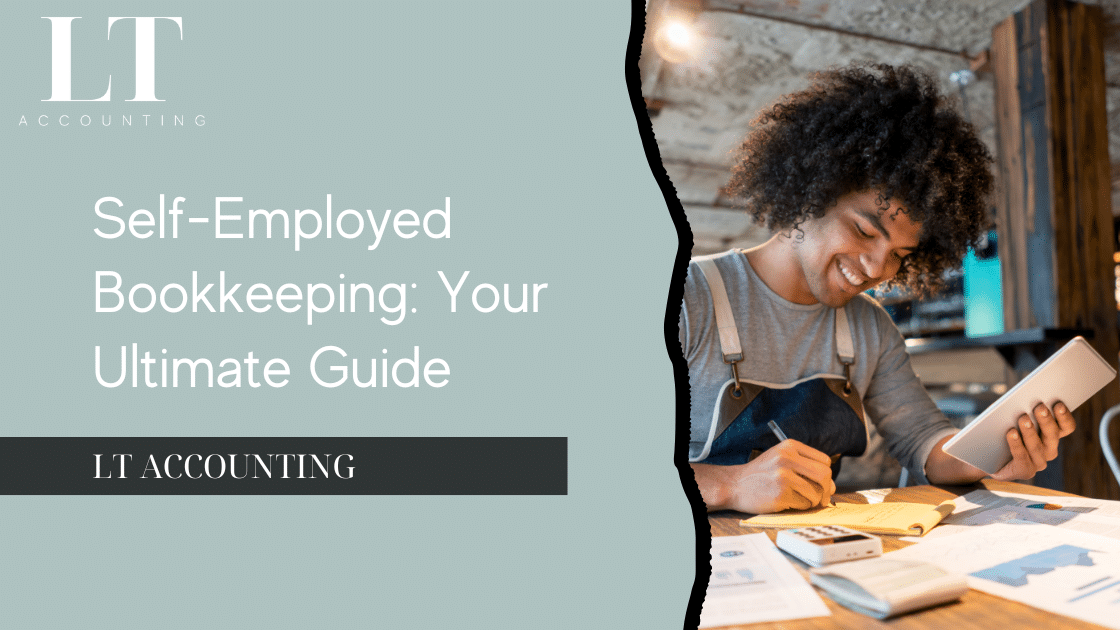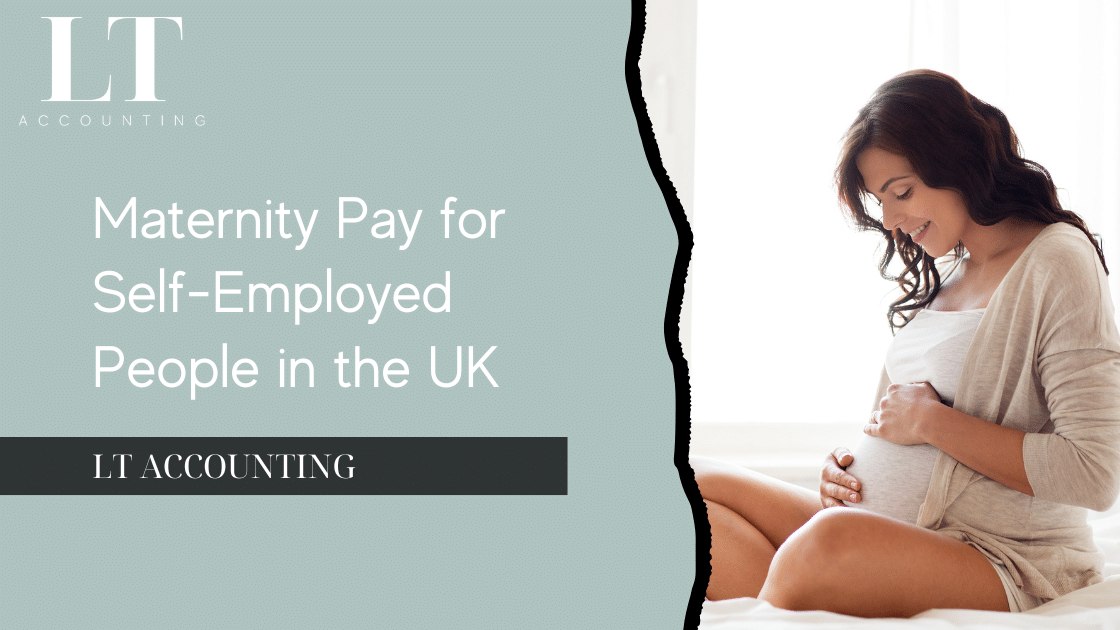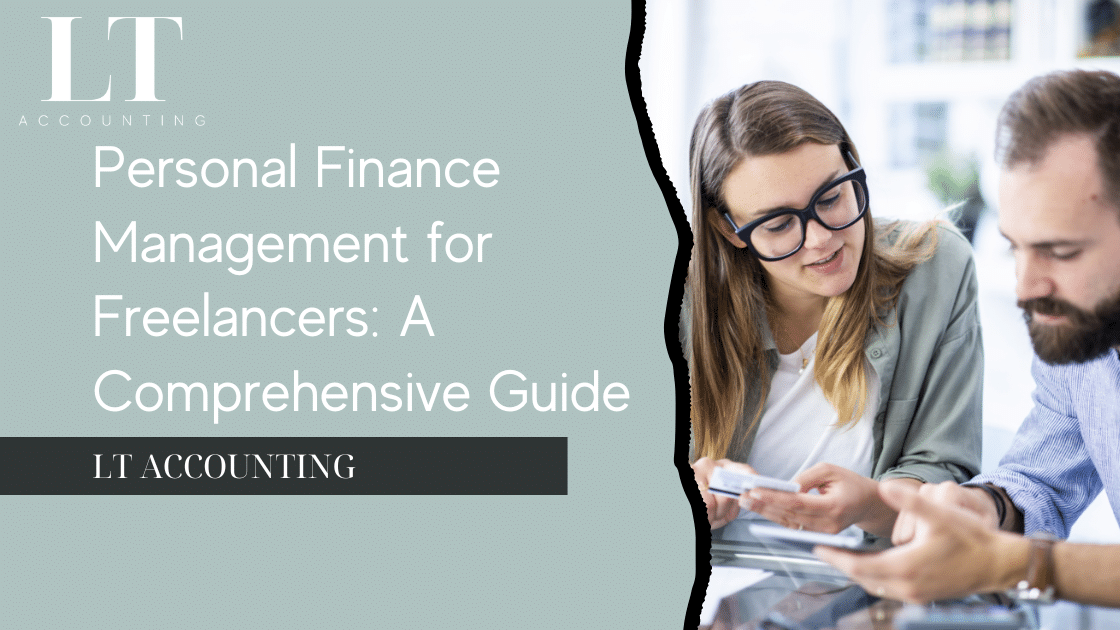Starting your own business as a sole trader is an exciting journey. You’re the boss, the visionary, and the executor all in one. But with great power comes great responsibility, especially when it comes to taxes. One of the most crucial tasks on your to-do list will be registering for Self Assessment. So, how do sole traders register for Self Assessment? Let’s dive into the details and make this process as smooth as possible.
What is Self Assessment?
Self Assessment is the system HM Revenue and Customs (HMRC) uses to collect Income Tax. It’s primarily used by those whose income isn’t taxed at source, such as sole traders. You’ll need to fill out a tax return to inform HMRC about your income and expenses. While it might sound daunting, it’s a straightforward process once you get the hang of it.
Who Needs to Register for Self Assessment?
- Sole traders with an annual turnover over £1,000.
- Partners in a business partnership.
- Individuals with untaxed income, like money from renting out a property, tips, or commissions.
How Do Sole Traders Register for Self Assessment?
-
Determine Your Eligibility:
Before anything else, make sure you actually need to register. If you’ve earned more than £1,000 in a tax year from self-employment, you’re required to register. If your income is below this threshold, you might not need to, unless you want to pay voluntary Class 2 National Insurance contributions to qualify for certain benefits.
-
Gather Necessary Information:
- National Insurance number
- Personal and business details
- Email address
-
Register Online with HMRC:
- Go to the HMRC website and create a Government Gateway account if you don’t have one.
- Follow the prompts to register as a sole trader for Self Assessment and Class 2 National Insurance.
-
Receive Your Unique Taxpayer Reference (UTR):
After registration, HMRC will send you a letter with your UTR. Keep this number safe as you’ll need it every time you complete your tax return.
-
Activate Your Online Account:
- Once you have your UTR, you’ll receive an activation code for your online account.
- Log in to your Government Gateway account and enter the code.
- Your account is now ready for you to file your tax returns.
-
Complete Your First Tax Return:
- Gather all your income and expense records.
- Log in to your HMRC online account and follow the steps to fill out your Self Assessment tax return.
- Submit by the 31st of January following the end of the tax year for online returns.
Important Deadlines
- Register for Self Assessment: By the 5th of October following the tax year in which you started trading.
- Submit Online Tax Return: By the 31st of January following the end of the tax year.
- Pay Any Tax Owed: By the same 31st of January deadline.
FAQs
What happens if I don’t register on time?
You’ll likely face penalties. It’s essential to register by the 5th of October after the end of the tax year in which you started working as a sole trader.
Can I register if I haven’t started trading yet?
Yes, you can register in advance, but you’ll only need to do so by 5th October after the end of the tax year you start trading.
What if I have more than one type of income?
You must report all income types on your Self Assessment tax return. This includes employment income, dividends, rental income, and self-employment income.
How can I make changes to my tax return?
If you need to make changes after submission, you can amend your return online within 12 months of the original filing deadline.
Conclusion
Registering for Self Assessment as a sole trader is a crucial step in your business journey. While it may seem a bit overwhelming at first, understanding the process and knowing your deadlines can make it a breeze. By following these steps on how do sole traders register for Self Assessment, you can ensure that you meet your tax obligations and focus on what you do best—growing your business. Remember, if you ever feel stuck, professional advice is just a call away. Good luck, and happy trading!






